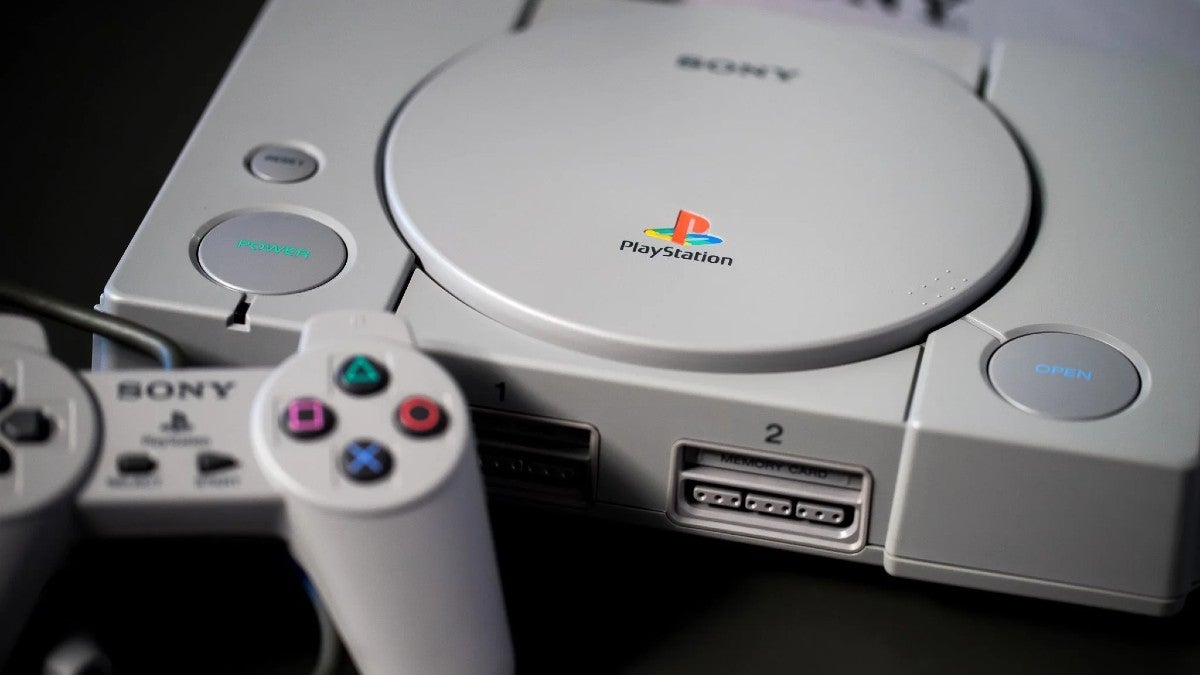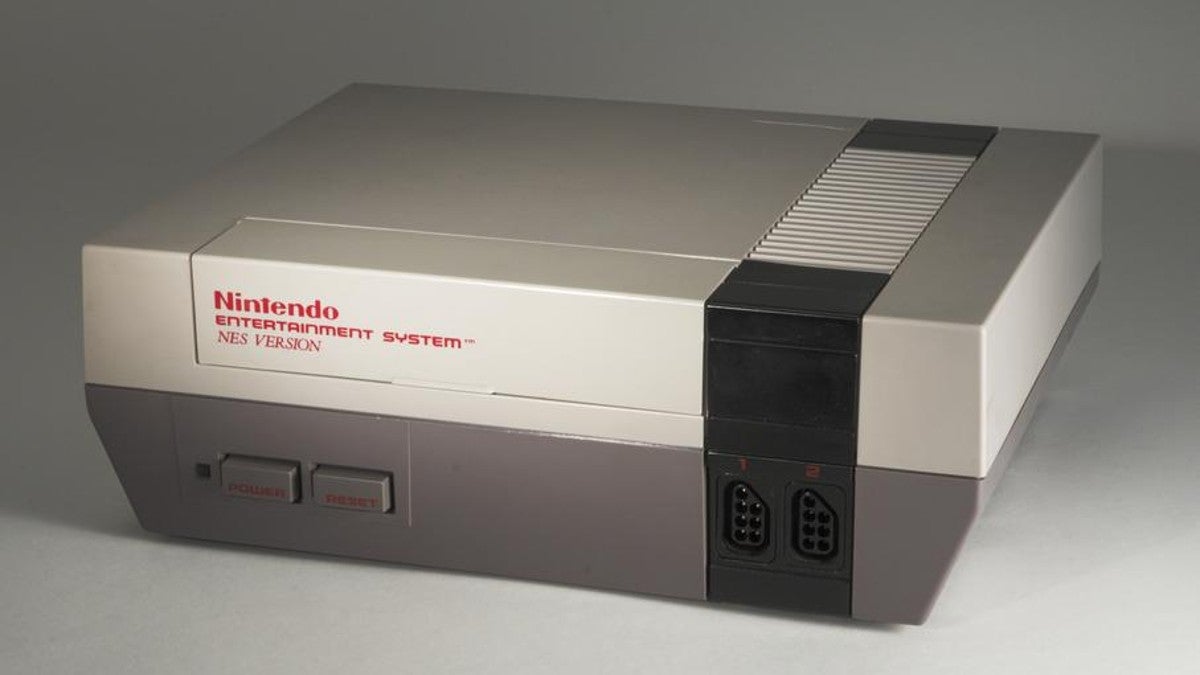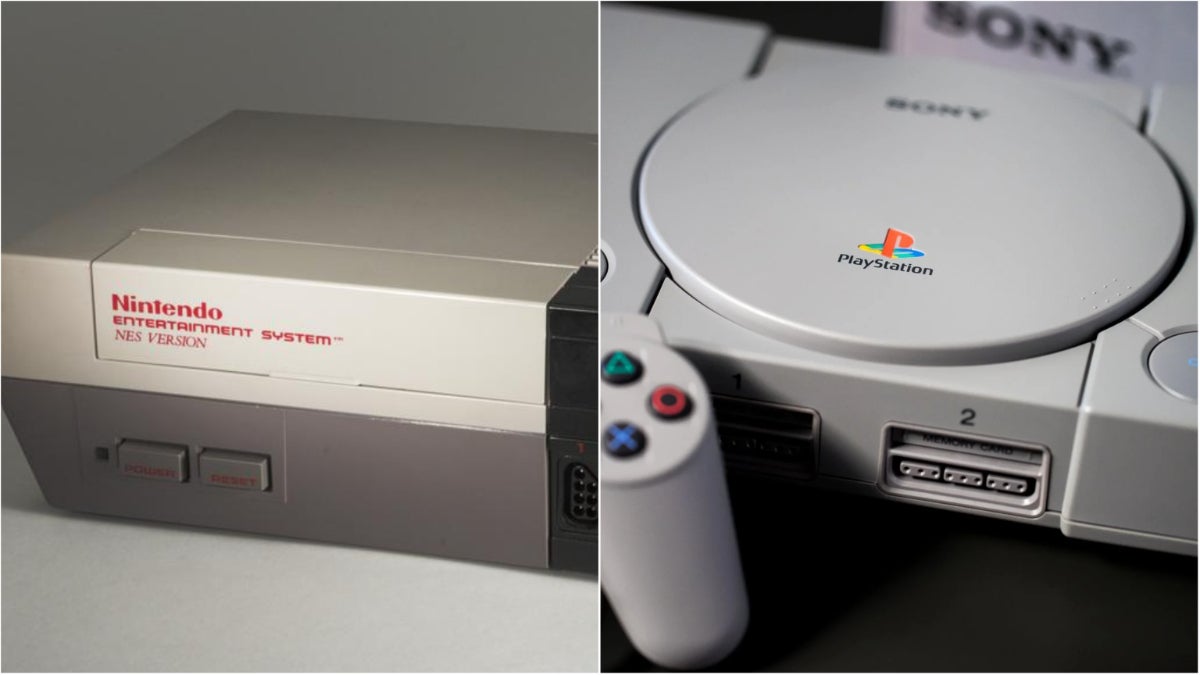![]() Key Takeaway
Key Takeaway
Some of the first Sony and Nintendo consoles had some special hardware functions that they didn’t advertise for one reason or another. Some explanations could be that there were variable marketing oversights, however, there were probably legal and ethical issues as well with a few of these secrets. Thankfully, gamers aren’t bound by such restrictions when seeking out lost knowledge.
It takes a lot of work to develop a gaming device. The amount of engineering and designing alone results in many features that most people never realize are there. Even years later, gamers can still find some console secrets.
Table Of Contents
Sony PlayStation (PS1) Console Secrets

Originally released in 1994, this 32-bit console was one of the best-selling of all time. Worldwide, just over 102 million units went home with avid gamers. Currently, its impressive sales record has only been trumped by the PlayStation 2, the PlayStation 4, and the Nintendo Switch.
Recovering Deleted Game Data
To access the game data menu, you have to open the disk drive and then power on the console while a memory card is inserted. This brings you to a screen where you can delete some saved files for individual games in order to free up storage space on your memory card.
Back then, memory cards didn’t have much space, so the ability to delete the saved data of games you didn’t play anymore was an important feature. However, it was always possible to accidentally delete the data of a game that you wanted to keep. With most consoles, if this happened, you were simply out of luck if you wanted to get that data back.
But, recently, gamers have discovered a way to retrieve deleted saved data. In the game data menu, if you press R1, R2, L1, and L2 at the same time, the save file you most recently deleted will return. This likely is a result of the PS1 storing ghost files (like how a USB can) but there is no mention of this in any PS1 manuals. The lack of official mentions is why this feature went undetected for so long.
Surf the Internet
Long before the online services we know and love today were available, the PS1 was pioneering this concept. In Japan, the PS1’s “I-Mode” allowed users to connect to the internet with a special cable.
One end of this cable was inserted into one of the console’s controller ports and the other was plugged into a mobile phone that had a data plan. Don’t get too excited to try this if you still have an original PlayStation, as the browsing speed was very slow and disconnections were common.
Polygon Man
While not truly one of the PS1’s console secrets, there is a mascot Sony wants to be forgotten. Polygon Man was once the face of the PS1…but only briefly. This jagged, purple, disembodied head was supposed to appear whenever you started up the original PlayStation, but he got the axe shortly after his conceptual inception.
Put simply, important marketing personnel at Sony hated the way Polygon Man looked, so the idea got thrown out the window very quickly. Rest in peace, Polygon Man. We hardly knew you.
Nintendo Entertainment System (NES) Console Secrets

Predating the PS1 by more than a full decade, the NES was released in 1983. When it hit the markets, it sold just under 62 million units across the globe. This 8-bit wonder was a must-have back in the day. This was especially true in Japan, where it was known as the Famicom, which is short for Family Computer.
Secret Accessory Port Underneath the Console
On the original NES, if you flip it over, you can find a rectangular plastic cover in the middle of the device. Leading to it are three grooves, which look very much like they are meant for cables.
Under the plastic cover (which could be easily removed) is another plastic cover that is fixed in place. To remove this second and smaller cover, you need to break the plastic tabs attaching it to the rest of the console.
If removed, this revealed a 48-pin slot. This secret slot was intended to be used to attach some peripheral devices. However, almost none of these accessories were released—and those that were did not become popular.
One of these accessories was a modem that let the NES connect to the internet to check lottery tickets. This was frowned upon in the US, as promoting gambling on a device that was mostly seen as a children’s toy was considered unethical. You can see why the concept never took off.
Potentially Illegal Broadcasting Capabilities
There are two ways to get the signal from your NES to your TV. One way is with the composite (red and yellow) ports. The other way is with the RF Switch. Everyone always used the composite option when possible because the quality was better. However, the RF Switch option is an alternative that you could use if the composite cable approach was not possible.
For both of these connections, it was heavily implied that you needed cables. Though, this is not exactly true for the RF Switch. If you run a cable from the RF Switch to a signal amplifier, you can broadcast the signal of your NES through the air. Which, in turn, can be picked up by an antenna.
The FCC (Federal Communications Commission) set laws resulting in such capabilities being illegal. The reason for this is due to the fact that someone could pick up the signals and potentially invade your privacy. There’s even a sticker on the bottom of all NES consoles that claims the device complies with this law…and it technically does.
With that said, if you use a signal amplifier (which is a separate device from the NES), you can pretty easily get around the shielding that normally prevented you from broadcasting your NES signal. As such, Nintendo wouldn’t be doing anything wrong—that would be on you for going through the extra effort. Don’t do this at home, as it is actually illegal. Seriously, don’t try it.


